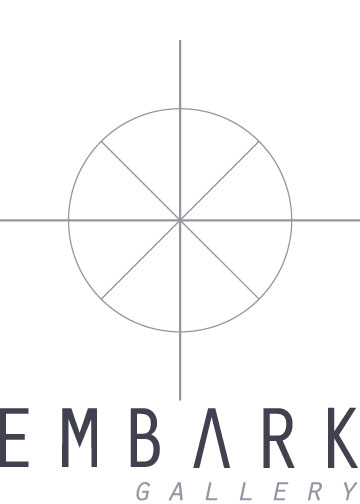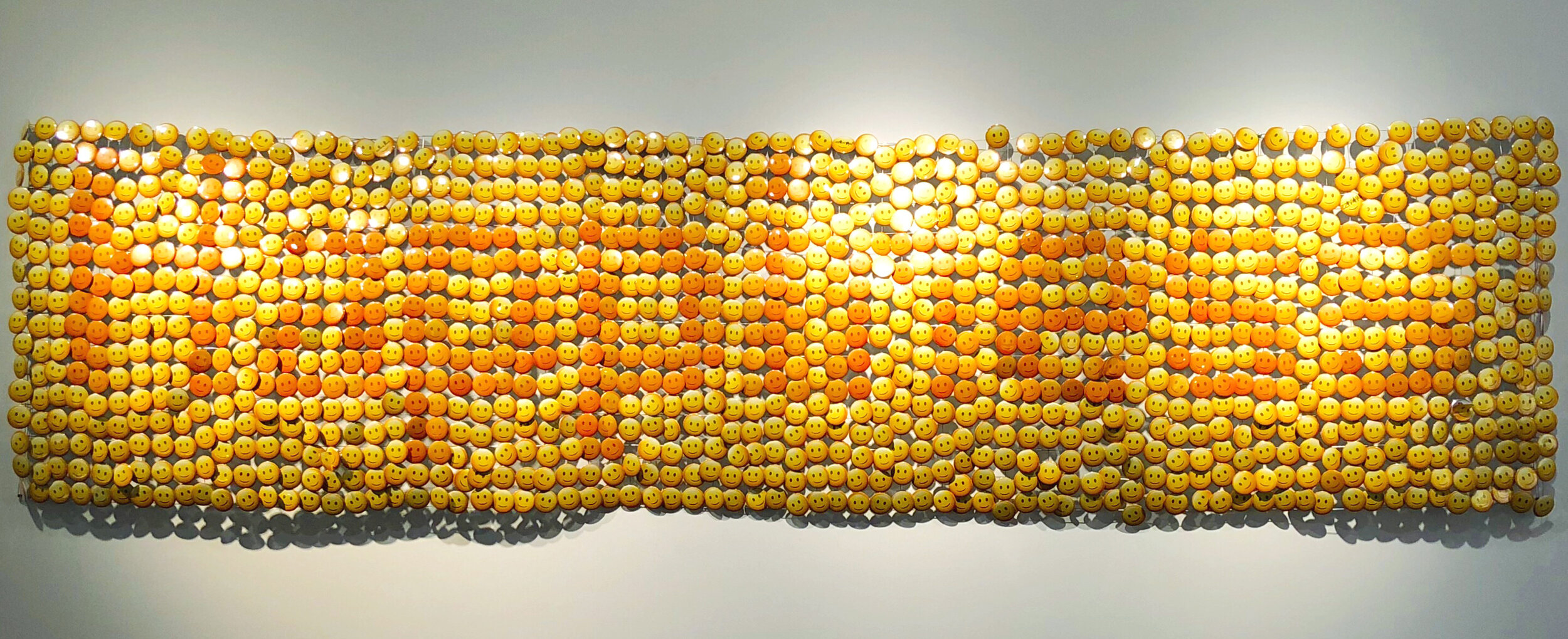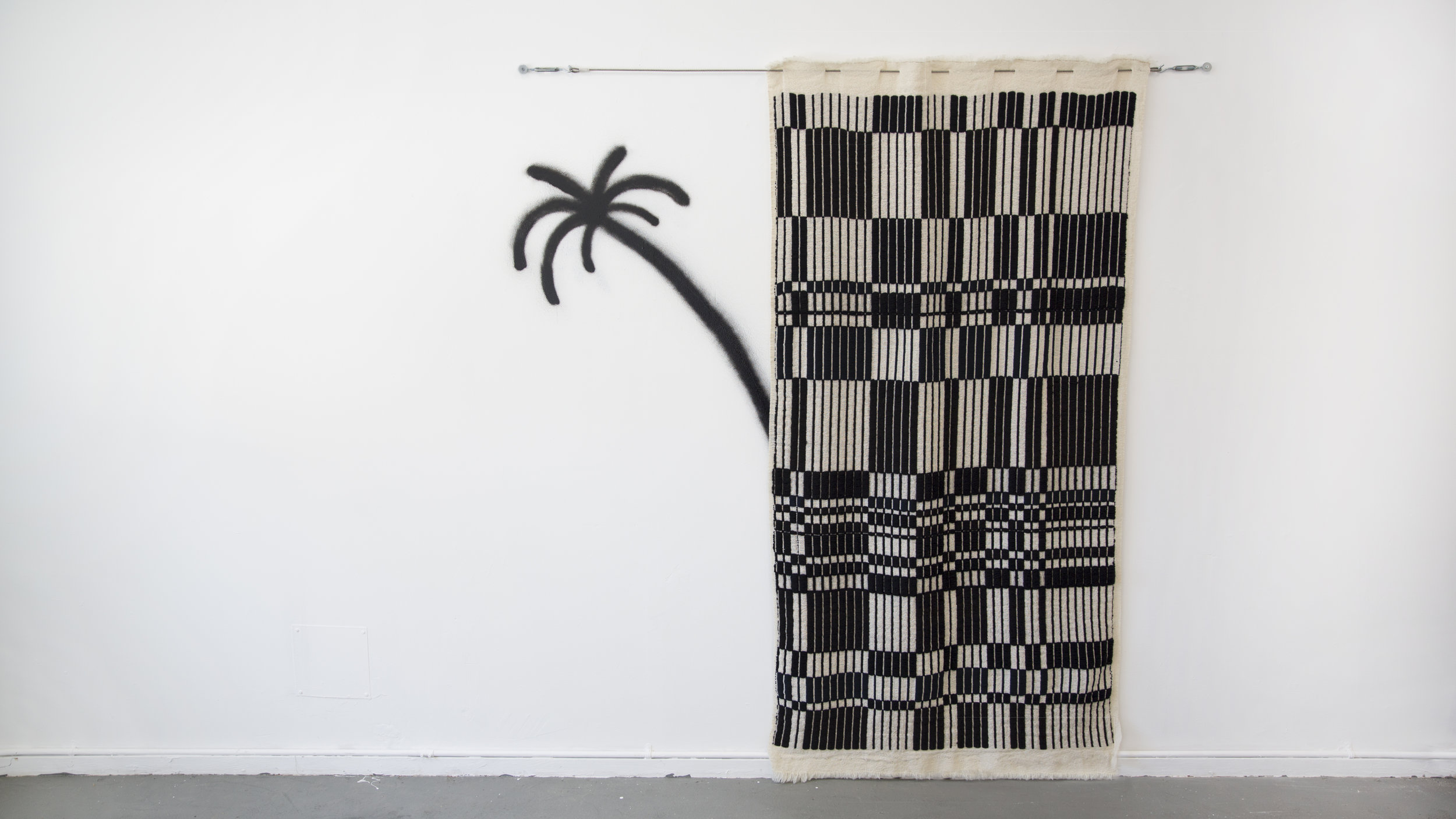For Immediate Release
November 5, 2019
Eight Bay Area Alumni Artists Showcase Current Practice
Fort Mason Center Gallery to Close After Anniversary Exhibition Ends
“Later Days” marks the five-year anniversary of the opening of Embark Gallery at Fort Mason Center for Arts & Culture. Throughout the past five years of extensive programming, we have had the pleasure of working with some of the most talented emerging artists in the Bay Area. To celebrate this milestone, one artist from each of the eight Bay Area MFA programs will showcase how they have grown as artists. The exhibition will explore the passage of time, the archetype of the “Artist,” and the perseverance inherent in creative practice.
Embark is proud to present this exhibition which also reflects upon our own story as a Bay Area arts institution--“Later Days” will be the final show in our brick and mortar gallery space. In the last five years Embark organized 44 shows and exhibited over 170 artists, bringing dynamic contemporary art exhibitions to our community and supporting emerging talent along the way.
While we are closing the doors of the physical gallery space, Embark Arts is not disbanding! We look forward to the pursuit of new and exciting ways to strengthen and grow the Bay Area art scene in the future.
The eight artists selected for “Later Days” were chosen for their bold visions, and embody the rigor and passion that Embark has strived to represent in our programming. Each artist has moved forward from their participation in Embark to great success, with accomplishments including solo shows at premier art galleries, well-respected residencies, and the much-coveted commissions from local tech giants, among others. The throughline for their work in this exhibition is the human experience - What does it mean to be an artist? The artists in this show are archivists, feminists, comedians, therapists, poets, protestors and more.
Angela Willets performance work, both poginant and at times humorous, explores feminine archetypes. The body and its connection to natural materials in the environment - stone, water, sunlight - is at the center of this work. Jacqueline Norheim is also interested in tropes of femininity, often using imagery of found objects from nature. Her doubled photographic prints on mesh metal screens are subtle and poetic musings on beauty, life and death. With a different perspective on the “natural,” Courtney Sennish’s sculpture focuses on man-made materials, finding meaning in details often overlooked: a crack in a sidewalk, a tree’s shadow on concrete. The objects encapsulate the push and pull of real life playing out in a fabricated reality and consider how and why our environs are constructed.
H.M. Wang’s photographic installation considers the constructs of government and power. Utilizing social media and tattooing, Wang creates her own language of resistance to censorship, while illuminating the importance of human connection and the inherent trust in collaboration. Carmina Eliason’s interactive installation gathers people together over shared stories of mistakes, downfalls, and tragedy. These narratives challenge our preconceived notions of certain “types” of people, and foster empathy through honest descriptions of relatable negative experiences. The shared human condition is also paramount to Leslie Samson-Tabakin’s work, the exuberance of which is immediate and irresistible. Samson-Tabakin presents a site-specific installation that, though playful, also triggers contemplation - a recognition of the uniquely strange experience of living.
The rituals of daily life are important to Jose Joaquin Figueroa, who religiously captures his lived experience in autobiographical sketches, which inspire large, colorful paintings that are both carefully considered and joyously free-spirited. His work in this show considers sacred spaces, queer identity and the archiving of memories. Also making use of an archive of a dedicated daily practice, Joe Ferriso draws upon his vast collection of serial watercolor musings and animations of those drawings. For “Later Days” Ferriso creates a monumental sculpture that explores the linear aspect of time and movement, a consideration echoed in his painting and animation practice, examples of which will be shown alongside the new piece.
Participating Artists:
Carmina Eliason Leslie Samson-Tabakin
Joe Ferriso Courtney Sennish
Jose Joaquin Figueroa H.M. Wang
Jacqueline Norheim Angela Willetts
Embark Gallery offers exhibition opportunities to current and recently graduated Masters of Fine Arts students in the San Francisco Bay Area. We provide a space for an engaged community of artists, curators and scholars, and we aim to expand the audience for up and coming contemporary art. The juried exhibitions are held at our gallery in San Francisco at the historic Fort Mason Center for Arts & Culture.
Press Previews by appointment starting February 1st, 2020.
Opening Reception: Friday, February 7, 2020, 5-9PM
Hours: 12–5pm every Thursday-Saturday from February 8 - April 4, 2020.
Media Contact:
Angelica Jardini | Curatorial Director
info@embarkgallery.com













